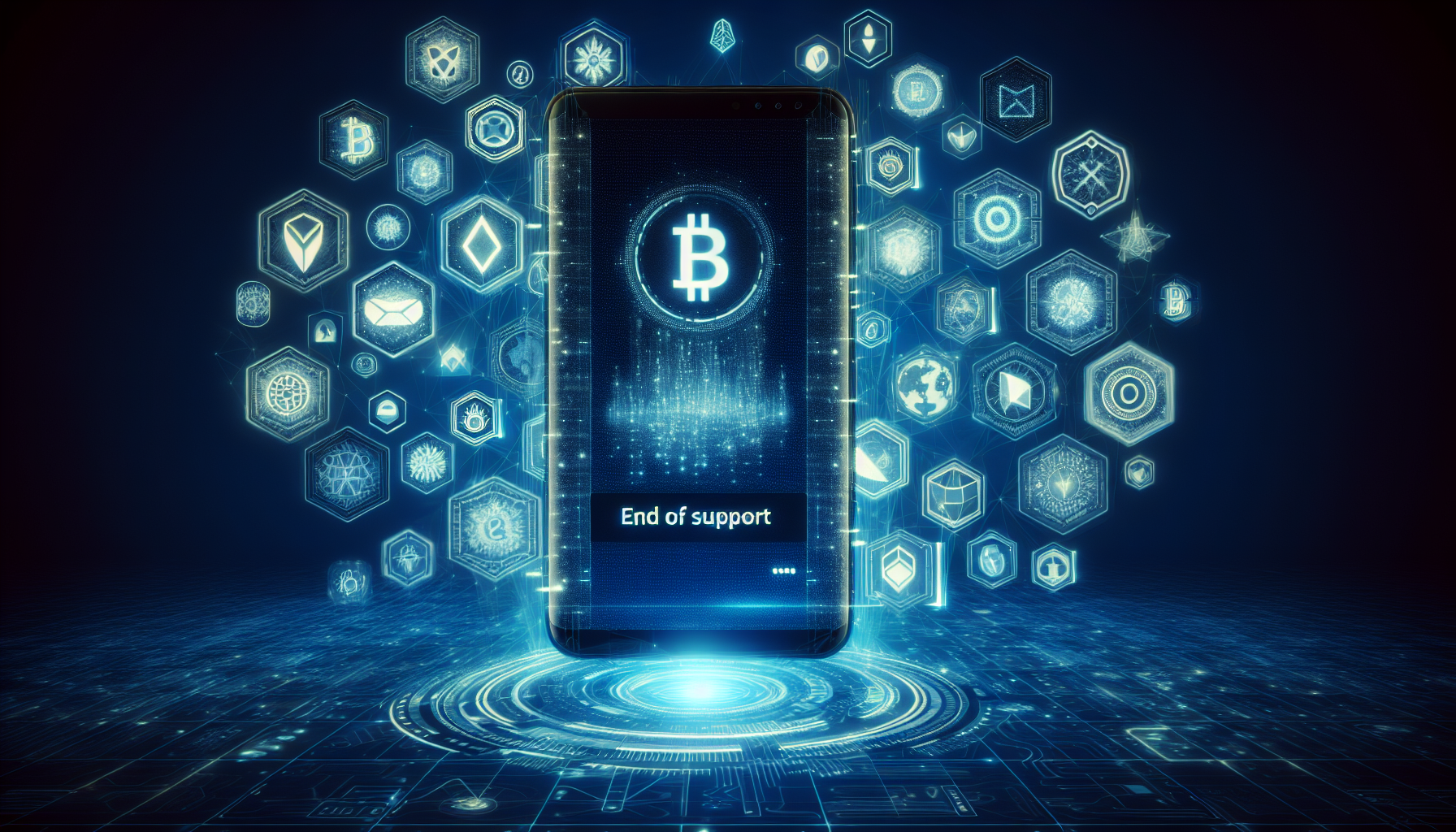
tl;dr
Solana Mobile's abrupt end of support for the Saga smartphone marks the conclusion of a bold Web3 experiment, but its unexpected role in fueling Solana's memecoin boom ensures its legacy lives on.
**Solana Mobile Cuts Ties with Saga Smartphone: A Blockchain Experiment Ends, But Its Legacy Lives On**
Solana Mobile, a subsidiary of the Solana Labs blockchain ecosystem, has officially announced the end of software and security updates for its flagship smartphone, the Saga. The decision marks a abrupt conclusion to the device’s two-year lifecycle, leaving existing users without critical firmware patches and raising concerns about long-term security and compatibility. The move signals the complete phase-out of active product support, with customer assistance now limited to general inquiries.
### A Brief Lifespan for a Blockchain-Powered Vision
Launched in May 2023, the Saga was positioned as a bold step toward mainstream adoption of Web3 technologies. Designed in collaboration with hardware firm OSOM, the smartphone offered native crypto wallet integration, decentralized app (dApp) access, and a departure from traditional app store restrictions. Its $1,000 price tag—later reduced to $599—aimed to attract blockchain enthusiasts and early adopters. However, the device struggled to gain traction.
Despite initial hype from Solana’s community, the Saga sold only around 20,000 units, far below its 50,000-unit target. Its short lifespan—just two years—contrasts sharply with the typical five-to-seven-year update cycles of competitors like Apple and Google. The commercial underperformance raised questions about the viability of blockchain-integrated hardware in the mass market.
### From Web3 Innovation to Memecoin Catalyst
While the Saga’s blockchain ambitions fell short, its legacy has taken an unexpected turn. Each device came with a preloaded crypto wallet, which became a hotbed for token airdrops and community-driven incentives. As Solana’s memecoin ecosystem exploded in late 2023, these wallets played a pivotal role in distributing valuable tokens. Some of these airdropped tokens surged in value, surpassing the phone’s original retail price by multiples.
Today, unopened Saga units trade on secondary markets for up to three times their $599 retail value, driven by demand from collectors and investors seeking access to these crypto rewards. The phone’s true impact, it seems, lies not in its blockchain features but in its accidental role as a catalyst for Solana’s memecoin boom.
### Solana’s Token (SOL) Holds Steady Amidst the Shift
Even as the Saga project winds down, Solana’s native token, SOL, continues to demonstrate resilience. As of the latest data, SOL trades at $194.21, with a market cap exceeding $106 billion. Analyst Daniel Ramsey noted that the token has been consolidating below its $210–$250 resistance zone for 579 days, a period he views as a potential precursor to a significant breakout.
Ramsey’s analysis suggests that if SOL closes above $250, it could surge toward $400–$450, provided it maintains support above the $145 level. This optimism underscores Solana’s enduring appeal, even as its hardware experiment with the Saga fades into history.
### A Lesson in Innovation and Adaptation
The Saga’s story reflects the volatile nature of blockchain innovation. While its hardware ambitions may not have achieved mainstream success, the project inadvertently amplified Solana’s ecosystem, proving that sometimes, the most impactful outcomes are unplanned. For users, the end of support serves as a cautionary tale about the risks of adopting niche blockchain hardware. For Solana, however, the journey continues—both in the realm of tokens and the evolving world of decentralized technologies.
As the Saga’s chapter closes, its legacy remains a curious blend of failure and unexpected triumph, reminding the crypto community that even the most ambitious experiments can leave a lasting mark.